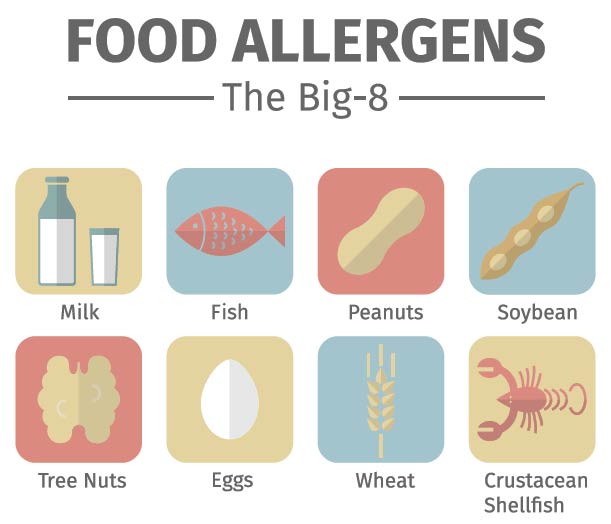Can Food Allergy Immunotherapy Help Children with Severe Food Allergies?

For years, managing food allergies meant one thing: avoidance. Parents became expert label readers, meal planners, and restaurant negotiators, always on high alert for hidden allergens. The fear of accidental exposure and life-threatening reactions was an ever-present worry. An EpiPen was a must-have at all times, and eating out felt more like a risk assessment than a meal.
But what if there was a way to train the immune system to tolerate food allergens instead of overreacting to them?
This is where food allergy immunotherapy is changing the game. Once considered experimental, this approach is now offering hope to families worldwide.
From Avoidance to Immunotherapy: A New Era in Allergy Treatment
In the past, allergists could:
✔️ Diagnose food allergies
✔️ Provide an emergency action plan
✔️ Advise strict avoidance of allergens
But there was no way to change the immune system’s response—until now.
Today, food allergen immunotherapy (FAIT) is being used to desensitize the immune system, helping allergic individuals tolerate small amounts of the very foods that once triggered severe reactions.
This doesn’t mean a cure, but for many, it can mean freedom from constant fear.
How Does Food Allergy Immunotherapy Work?
Immunotherapy involves gradually introducing tiny amounts of an allergen to train the immune system to react less aggressively. Over time, this helps reduce the severity of reactions and, in some cases, allows people to safely eat foods they were once allergic to.
There are two main types of food immunotherapy:
Oral Immunotherapy (OIT)

Patients consume small, controlled doses of the allergenic food under medical supervision, with the amount gradually increasing over time.
📌 How It Helps: Studies show OIT can reduce the severity of allergic reactions, and in some cases, patients can eat the food without reacting.
Pros:
✔️ Higher doses can be reached, leading to stronger desensitization
✔️ Can potentially allow the food to be included in the diet
Cons:
❌ Higher risk of side effects, including stomach discomfort and, in rare cases, severe reactions
❌ Requires strict medical supervision
Sublingual Immunotherapy (SLIT)

A tiny drop of the allergen is placed under the tongue to be absorbed into the bloodstream. SLIT is considered safer than OIT but may not be as effective at achieving high-level tolerance.
📌 How It Helps: SLIT trains the immune system without the need for swallowing the food, making it a less risky option for some patients.
Pros:
✔️ Safer, with fewer severe reactions
✔️ More comfortable for younger children
Cons:
❌ Doesn’t build as much tolerance as OIT
❌ May require longer treatment periods
Can Immunotherapy Cure Food Allergies?
The goal of food immunotherapy is desensitization, meaning if someone accidentally eats a small amount of the food, they’re less likely to have a life-threatening reaction.
However, this isn’t a cure. Most patients must continue regular exposure to the allergen to maintain tolerance. If they stop treatment, their allergy may return.
The Latest Developments: FDA-Approved Treatments & Research
🚀 Palforzia, the first FDA-approved peanut allergy treatment, launched in 2020. This breakthrough signaled a shift toward mainstream food allergy treatments.
🔬 Research is now expanding into:
✔️ Multi-allergen immunotherapy (treating multiple food allergies at once)
✔️ Biologic medications (like omalizumab) to reduce severe reactions
✔️ Epicutaneous (skin patch) immunotherapy, offering an alternative for young children
Who Should Consider Food Allergy Immunotherapy?
Not everyone is a candidate. A board-certified Allergist & Immunologist will evaluate:
✅ Type & severity of allergy
✅ Medical history & risk factors
✅ Patient’s ability to follow strict treatment protocols
⚠️ Important: Never attempt food immunotherapy on your own. This treatment carries risks and must be done under medical supervision to prevent severe reactions.

The Future of Food Allergy Treatment
Food allergy treatment has undergone a revolution. What was once a life of strict avoidance is now evolving into active immune system training.
💡 While immunotherapy isn’t a cure, it can provide life-changing relief—reducing reactions, restoring peace of mind, and even allowing some patients to eat foods they once feared.
If you or your child has a food allergy, it’s time to explore new possibilities.
Talk to an allergist today to see if food allergy immunotherapy is right for you.





